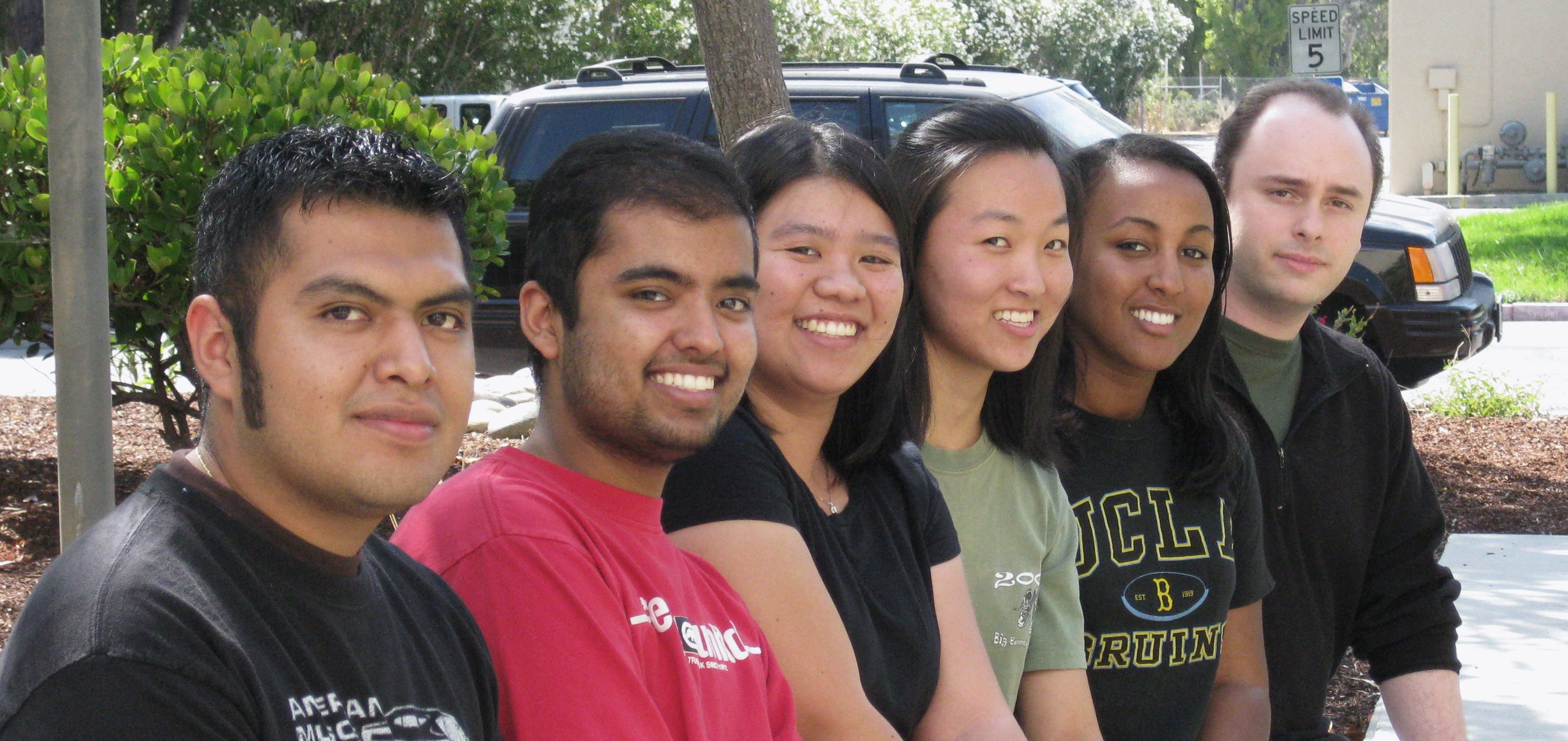Team:Bay Area RSI
From 2009.igem.org
Tsrivastava (Talk | contribs) |
Tsrivastava (Talk | contribs) |
||
| Line 4: | Line 4: | ||
|- | |- | ||
| | | | ||
| - | '' | + | ''Breast cancer is the second most common type of cancer diagnosed in women. RNAi has proven to be an effective mechanism in the silencing of oncogenes. Therefore, we have attempted to build a viable system for the delivery of RNAi into breast cancer cells. First, we inserted a shRNA sequence coding for the Raf-1 protein into an AAV cassette containing two ITR's, allowing it to reproduce itself in mammalian cells. This cassette was inserted into our chosen vector, the filamentous bacteriophage FUSE-55. An antibody sequence was then added to the phage plasmid near the coat protein sequence in order to target HER2. As an additional feature, we have fused Silicatein and Silintaphin to mStrepavidin, which will bind to a protein tag in the coat, forming silicate structures on the coat of the phage, thereby reducing the immunotoxicity of the bacteriophage in vivo. '' |
|[[Image:IMG_1569.JPG|400px|thumb]] | |[[Image:IMG_1569.JPG|400px|thumb]] | ||
|- | |- | ||
Revision as of 23:56, 19 October 2009
| You can write a background of your team here. Give us a background of your team, the members, etc. Or tell us more about something of your choosing. | |
|
Breast cancer is the second most common type of cancer diagnosed in women. RNAi has proven to be an effective mechanism in the silencing of oncogenes. Therefore, we have attempted to build a viable system for the delivery of RNAi into breast cancer cells. First, we inserted a shRNA sequence coding for the Raf-1 protein into an AAV cassette containing two ITR's, allowing it to reproduce itself in mammalian cells. This cassette was inserted into our chosen vector, the filamentous bacteriophage FUSE-55. An antibody sequence was then added to the phage plasmid near the coat protein sequence in order to target HER2. As an additional feature, we have fused Silicatein and Silintaphin to mStrepavidin, which will bind to a protein tag in the coat, forming silicate structures on the coat of the phage, thereby reducing the immunotoxicity of the bacteriophage in vivo. | |
| Our Team |
| Home | The Team | The Project | Parts Submitted to the Registry | Modeling | Notebook |
|---|
(Or you can choose different headings. But you must have a team page, a project page, and a notebook page.)
 "
"

